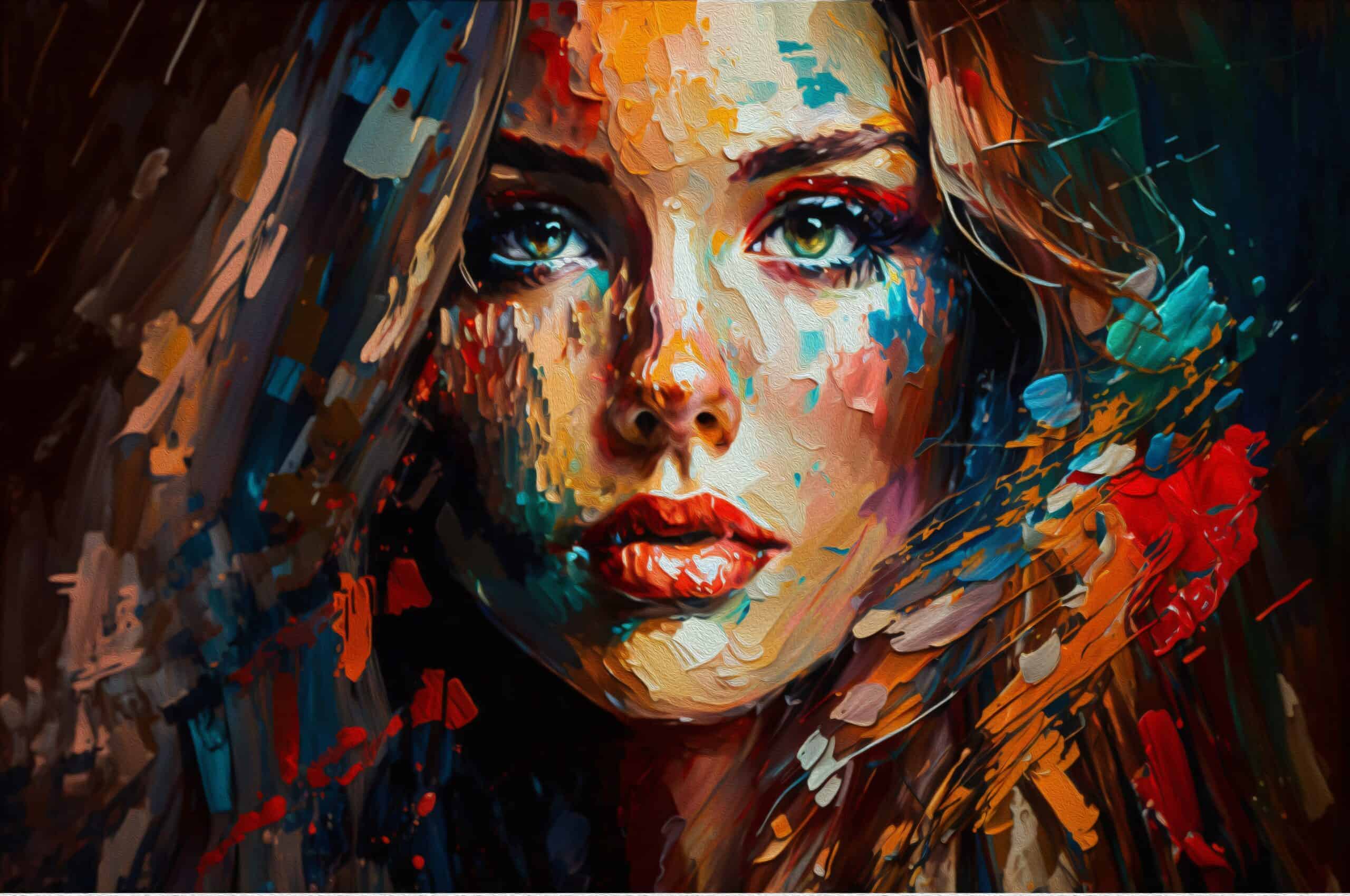Throughout history, ancient symbols have held deep meanings and mysterious significance, often representing powerful ideas, beliefs, and forces of nature. These symbols, found in various cultures across the globe, have transcended time, influencing art, religion, and philosophy. Each one carries a unique story that reveals the values and understanding of the people who created them. In this article, we’ll explore some of these intriguing symbols and uncover the mysteries behind their enduring significance.
Ankh (Egypt)
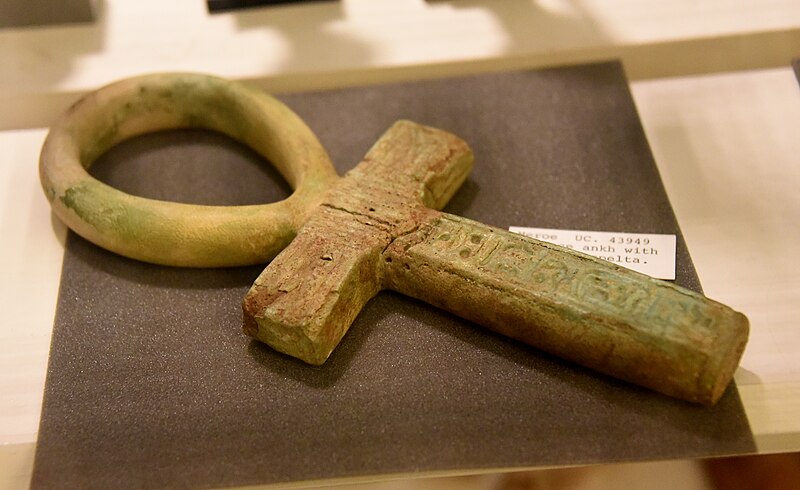
The Ankh, a cross with a loop at the top, symbolizes life in ancient Egyptian culture. Often referred to as the “key of life,” it represents eternal life and the union of male and female. The symbol was commonly seen in the hands of deities in Egyptian art, illustrating its divine significance. Many believe the Ankh holds the power to grant immortality. To this day, it remains a powerful icon in various spiritual practices.
Ouroboros (Greece and Egypt)
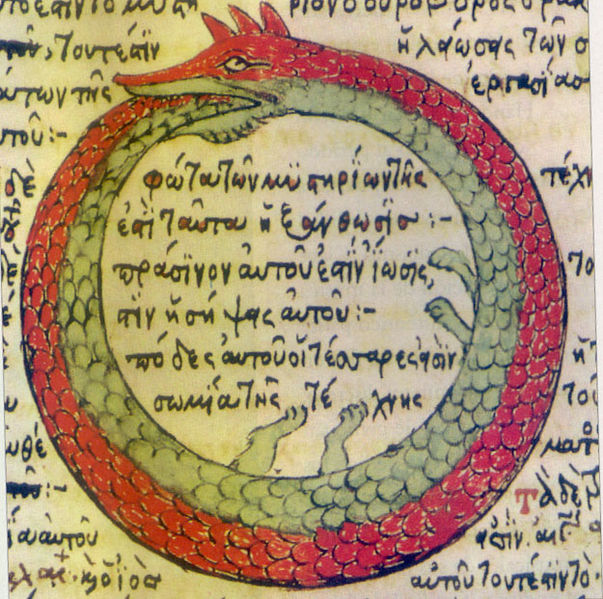
The Ouroboros depicts a serpent or dragon eating its own tail, creating a circle. This symbol represents the cyclical nature of life, death, and rebirth, reflecting the endless cycle of existence. Originating in ancient Egypt and Greece, it also signifies the concept of infinity and the unity of opposites. Philosophers and alchemists have long revered the Ouroboros for its profound metaphysical implications. Its meaning has transcended time, influencing various modern interpretations of life and continuity.
Triskelion (Celtic)
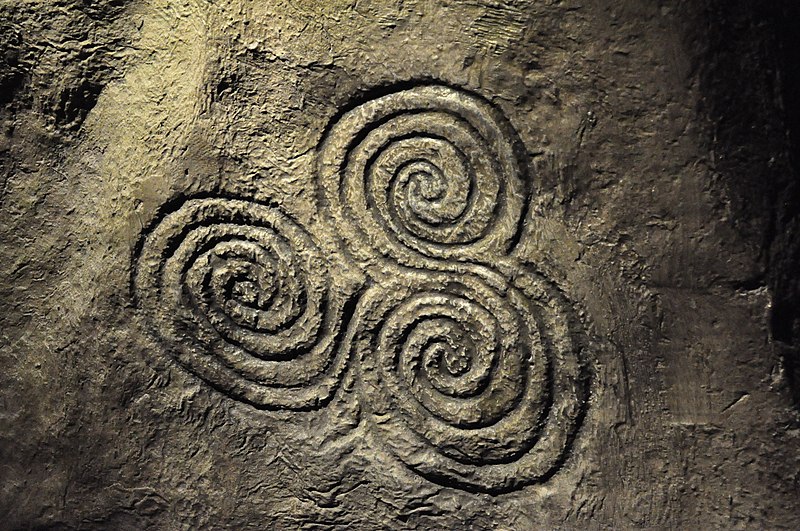
The Triskelion, a symbol consisting of three interlocking spirals, has its roots in Celtic culture. It is thought to represent the triads of life, such as earth, water, and sky, or birth, death, and rebirth. The motion implied by the spirals signifies forward movement, progress, and competition. Found on ancient artifacts across Europe, the Triskelion is a powerful emblem of balance and harmony. Today, it continues to inspire those who seek spiritual and personal growth.
Eye of Horus (Egypt)
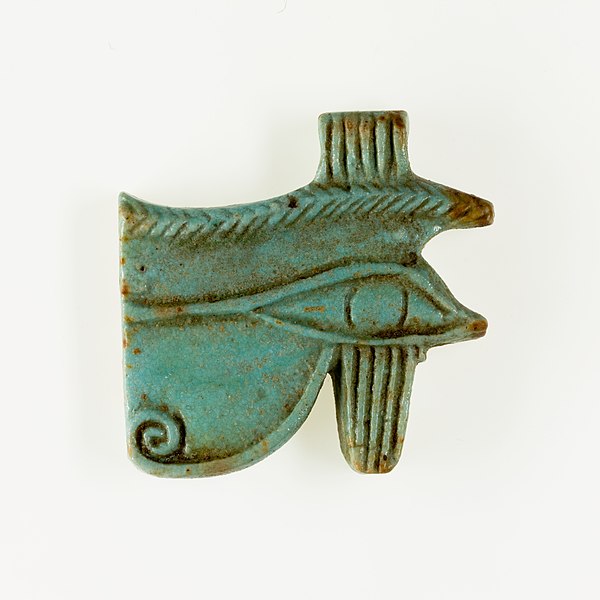
The Eye of Horus, also known as the “Wadjet,” is an ancient Egyptian symbol of protection, royal power, and good health. According to mythology, the eye was restored by the god Thoth after being damaged, making it a symbol of healing and restoration. It was often used as an amulet to ward off evil spirits and bring the wearer good fortune. The Eye of Horus is also seen as a representation of cosmic order and the well-being of the state. Its iconic design remains influential in both ancient and modern contexts.
Yin and Yang (China)
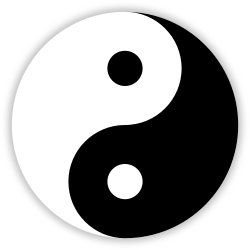
The Yin and Yang symbol is a fundamental concept in Chinese philosophy, representing the duality of existence. Comprising a circle divided into two halves, one black (Yin) and one white (Yang), it illustrates the balance of opposites in the universe. Yin symbolizes femininity, darkness, and passivity, while Yang represents masculinity, light, and activity. Together, they show that these opposing forces are interconnected and interdependent. The symbol is a reminder that harmony is achieved through balance, a principle that continues to influence Eastern thought and practices.
Caduceus (Greece)

The Caduceus, featuring two snakes entwined around a staff topped with wings, is often mistakenly used as a symbol of medicine. In ancient Greece, it was associated with Hermes, the messenger god, and symbolized commerce, negotiation, and balance. The intertwined snakes also represent duality and the union of opposites, much like the Yin and Yang. Over time, the Caduceus became mistakenly linked to healing, likely due to its resemblance to the Rod of Asclepius, the true medical symbol. Despite this confusion, the Caduceus remains a powerful emblem of communication and exchange.
Triquetra (Celtic)
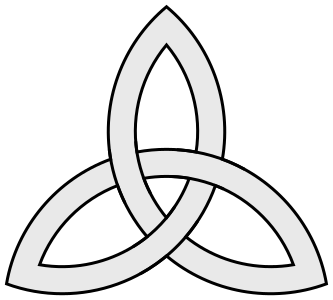
The Triquetra, also known as the Trinity Knot, is a symbol that has deep roots in Celtic culture. It consists of three interlocking loops, representing the tripartite nature of existence—life, death, and rebirth, or earth, water, and sky. Some also see it as a symbol of the Christian Holy Trinity, reflecting the blending of pagan and Christian traditions in Celtic regions. Its continuous line illustrates the eternal and unbreakable connection between the three elements. Today, the Triquetra is a popular symbol of unity and strength.
The Labyrinth (Greek)
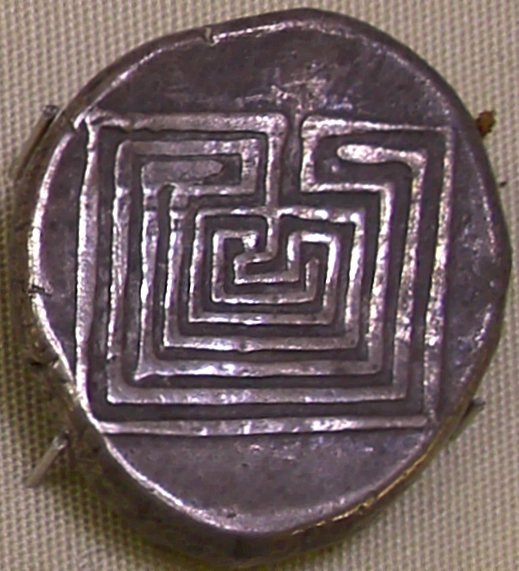
The Labyrinth is an ancient symbol originating from Greek mythology, particularly associated with the legend of the Minotaur. Unlike a maze, the labyrinth has a single, winding path that leads to the center, symbolizing a journey to self-discovery or enlightenment. It represents the complexities of life and the process of finding one’s way through challenges. The labyrinth has been used in various spiritual and religious contexts as a meditative tool. Its meaning has evolved over time, but it remains a powerful symbol of introspection and personal growth.
The Pentagram (Various Cultures)
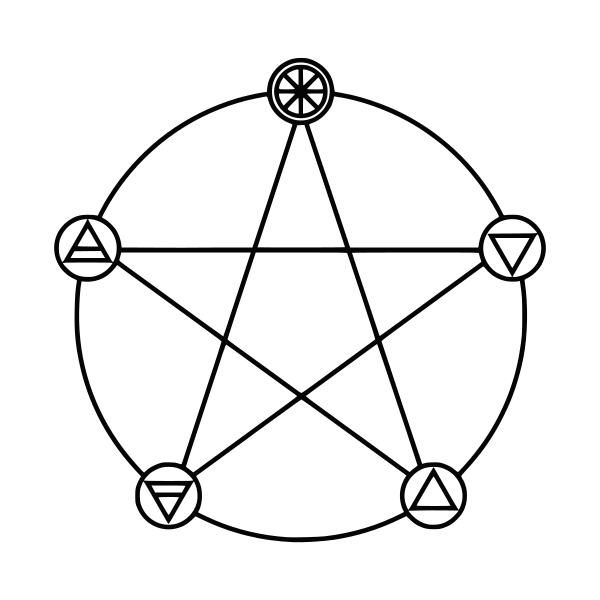
The Pentagram, a five-pointed star enclosed in a circle, has been used in various cultures for thousands of years. In ancient Greece, it was a symbol of health and harmony, representing the five elements—earth, air, fire, water, and spirit. In medieval times, it was seen as a protective symbol, warding off evil spirits. The pentagram is often associated with witchcraft and paganism, but its meaning varies widely depending on the context. Despite its sometimes controversial nature, the pentagram remains a potent symbol of protection and balance.
The Tree of Life (Various Cultures)
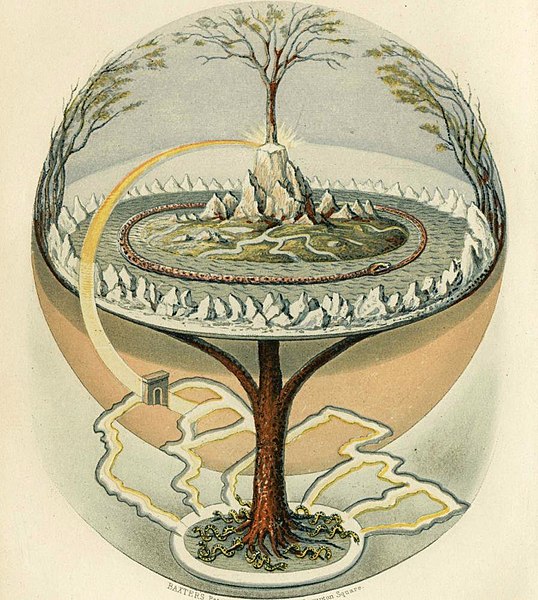
The Tree of Life is a symbol that appears in many cultures, representing the interconnectedness of all life. Its roots dig deep into the earth, while its branches reach for the sky, symbolizing the connection between the material and spiritual worlds. In Norse mythology, it is known as Yggdrasil, the World Tree, which connects the nine worlds of the cosmos. In other traditions, it represents immortality, growth, and fertility. The Tree of Life continues to be a symbol of wisdom and eternal life, resonating across cultures and religions.
The Scarab (Egypt)
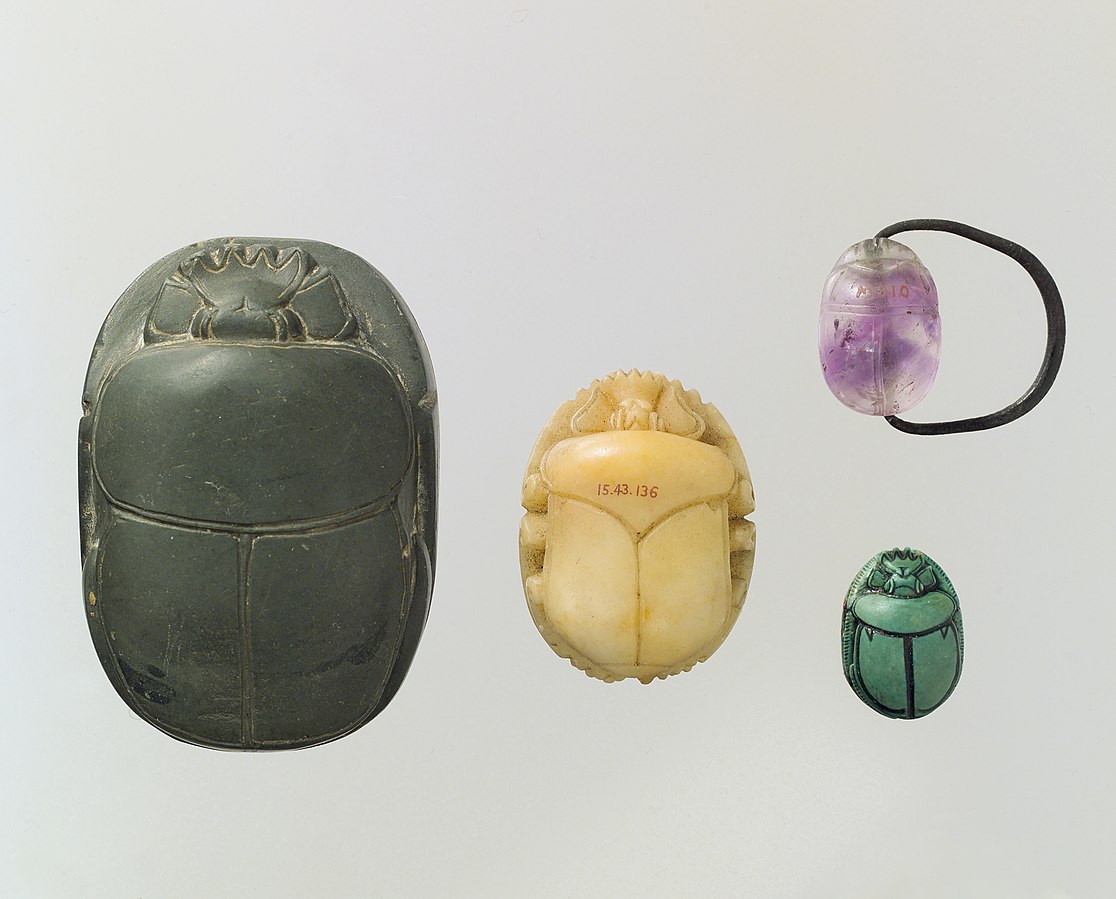
The Scarab beetle was a powerful symbol in ancient Egypt, representing regeneration, transformation, and protection. It was linked to the god Khepri, who was believed to roll the sun across the sky, much like the scarab rolls dung into a ball. The scarab was often used in amulets and jewelry, believed to offer protection and rebirth in the afterlife. It also symbolized the cycle of life and the sun’s daily renewal. Today, the scarab remains a recognizable and enduring emblem of ancient Egyptian culture.
The Spiral (Various Cultures)
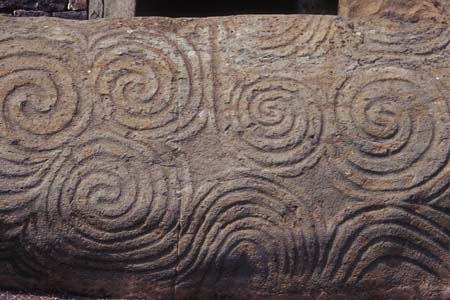
The Spiral is one of the oldest symbols, found in various cultures around the world, from Celtic to Native American. It represents the journey of life, the cycle of time, and the unfolding of spiritual growth. In nature, spirals are found in shells, galaxies, and weather patterns, making the symbol a universal representation of the natural world. The spiral’s continuous line suggests infinity and the idea that life is a never-ending journey. It remains a powerful symbol of growth, evolution, and the connection between all things.
The Fleur-de-lis (France)

The Fleur-de-lis, a stylized lily, has been associated with French royalty for centuries, symbolizing purity, light, and perfection. Its three petals are often interpreted as representing faith, wisdom, and chivalry. The symbol has roots in ancient Egypt and Mesopotamia, where it was associated with life and resurrection. Over time, the Fleur-de-lis became a symbol of the French monarchy and was used in heraldry and religious art. Today, it remains an enduring symbol of power, sovereignty, and purity.
The Infinity Symbol (Lemniscate)

The Infinity symbol, or Lemniscate, is a mathematical symbol representing the concept of infinity—something without end. Its figure-eight shape suggests a continuous loop, symbolizing eternity, balance, and the cyclic nature of the universe. The symbol has been used in various spiritual and philosophical contexts to represent the infinite possibilities of existence. It also reflects the idea that life, energy, and the universe are interconnected in an endless flow. The Infinity symbol continues to be a powerful emblem of timelessness and unbounded potential.
This article originally appeared on Rarest.org.
More From Rarest.Org

In Major League Baseball, the highest-paid players are earning staggering amounts, reflecting their immense talent and marketability. These elite athletes have secured lucrative contracts that guarantee them millions of dollars annually. Read more.
Unleashing creativity often involves stepping beyond traditional methods. These uncommon painting techniques offer artists unique ways to create stunning visual effects. Read more.
Desert landscapes are often seen as barren and lifeless, but they are home to some of the most vibrant and resilient wildflowers. These hardy blooms thrive in harsh conditions, adding splashes of color to arid terrains. Read more.

